Victorians: War
Victorian Britain was both the greatest power in the world and the least militarised, with a standing army far smaller and less influential in public life than those of France, Prussia, Austria or Russia. Its military shortcomings were starkly revealed by the disastrous Crimean War (1854–6) and Boer Wars (1880–81 and 1899–1902).
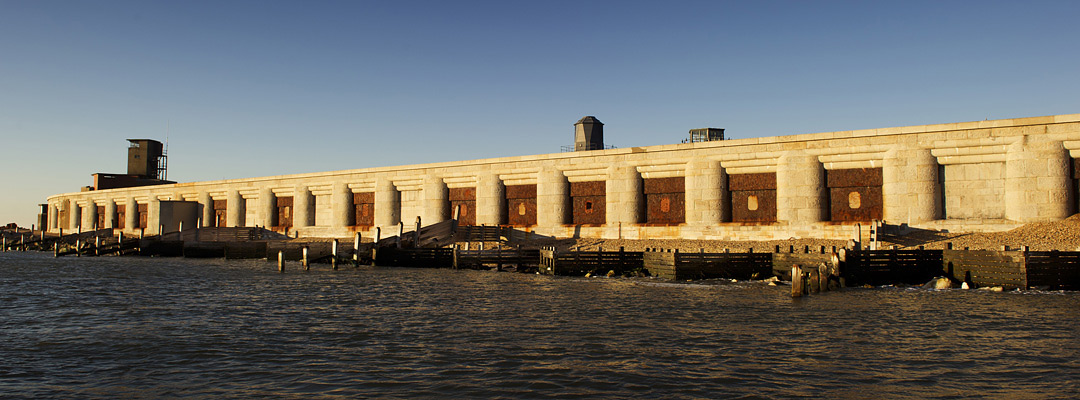
INDIA
In the 1840s and 1850s the army of the East India Company – the trading company which had controlled large parts of India since the mid-18th century – extended the frontiers of British rule in the Indian subcontinent and beyond into south-east Asia.
The shocking 1857 rebellion (‘Mutiny’) by the Company’s native soldiers led to the British government taking full control of the Indian Empire. Soldiers from the subcontinent were deployed in conflicts fought in China, Abyssinia (now Ethiopia) and, less successfully, Afghanistan.
CRIMEA AND REFORM
By contrast, only one war was fought in Europe during Victoria’s reign: the Crimean War of 1854–6. It dramatically exposed the weakness of an army mainly led by amateur officers. So many soldiers died of disease and neglect that the army was rendered largely ineffective. The British population, made aware of the disaster by the pioneering investigative journalism of The Times, were profoundly shocked.
Conditions for soldiers at home were scarcely better. In 1859 the Army Sanitary Commission condemned much of the existing military accommodation in England, like the barracks at Berwick-upon-Tweed, Northumberland, which lacked ventilation and washing facilities of any kind.
Reform proceeded slowly, but there were steady improvements in military technology, and the army reforms of 1879 introduced professional training. The officer class continued to be dominated by county families. Ties to the counties also remained strong through the regiments and their bases, as at Carlisle Castle, Cumbria.
THE ROYAL NAVY
The Royal Navy was larger and more celebrated than the army. It had a much higher global profile, with bases such as Portsmouth and Chatham dockyards at home, and Gibraltar, Malta and Bombay (Mumbai) overseas.
From the Battle of Trafalgar in 1805 until the final years of the 19th century the navy enjoyed unchallengeable superiority, playing a vital role in safeguarding trade networks, exerting British power, and combating the slave trade.
ARMS RACE
France was viewed as the main potential enemy. Germany, with its strong ties to the royal family, was seen as a friendly power and culturally much closer to Britain.
From the 1850s England and France were caught up in a race for military advantage. There were spectacular advances in weaponry with vastly increased firepower: examples can be seen at Hurst Castle, Hampshire, and Pendennis and St Mawes castles in Cornwall.
The vast scale of the ‘Palmerston forts’ (such as Fort Brockhurst) built in the 1860s around Portsmouth and Plymouth, the expansion of the Western Heights at Dover, and improvements to earlier defences such as Landguard Fort, Suffolk, all testify to febrile anxieties about invasion.
A GRAND ILLUSION?
The British Empire and its armed forces became a source of intense public awareness and pride for the Victorians. Only occasional setbacks, such as the ‘martyrdom’ of General Gordon in Khartoum, Sudan, in 1885, reminded the public of the knife-edge on which British power was sometimes balanced.
The successful resistance of the Afrikaner settlers in southern Africa in the Second Boer War (1899–1902), and revelations about the poor quality of recruits to the army from the industrial cities, were reminiscent of the shocks of the Crimea.
By 1901 British power was in some respects a grand illusion. British dominance was no longer unchallengeable; and Germany, after 1871 incontestably the leading power on the Continent, was now looking ominously strong both on land and at sea.
Victorian Stories
-
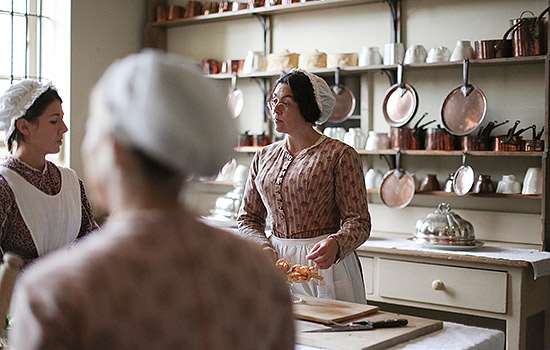
Below Stairs at Audley End
What were Victorian servants’ lives like? Discover the stories of the men, women and children who worked at Audley End House, Essex, in the 1880s.
-
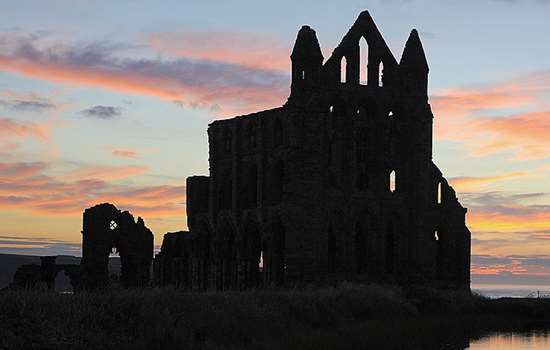
How Dracula Came to Whitby
How Bram Stoker’s visit to the town of Whitby provided him with atmospheric locations for a Gothic novel – and a name for his famous vampire.
-
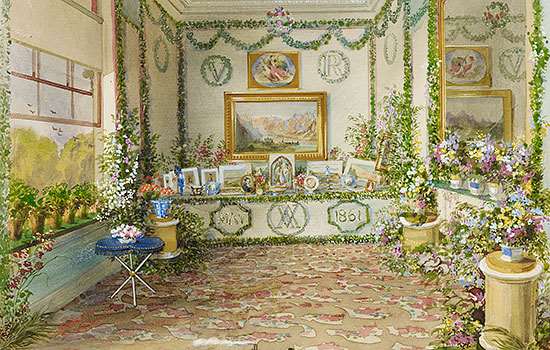
Birthdays at Osborne
Find out how Queen Victoria and Prince Albert celebrated their birthdays, and what the gifts they exchanged tell us about their private lives.
-
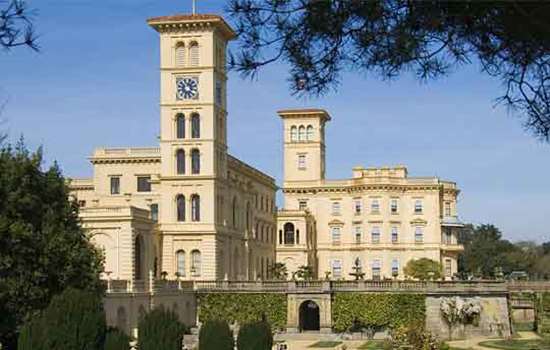
The ‘Osborne Style’: From Naples to Melbourne
How Osborne House’s Italianate design – the inspiration of Prince Albert – came to be imitated in public buildings throughout the British Empire.
-
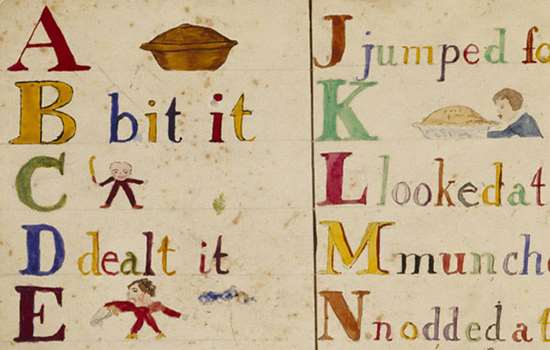
The Darwin Family at Down House
How Charles and Emma Darwin’s children were both seen and heard during their surprisingly boisterous childhood at Down House in Kent.
-
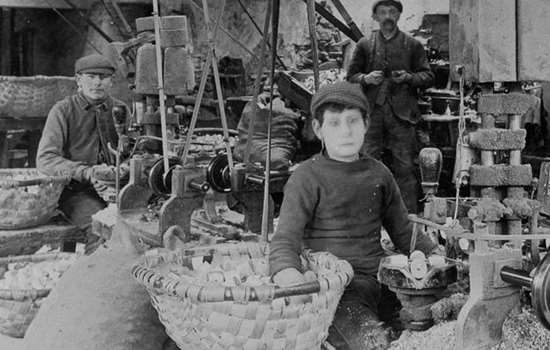
Child Labour in the Lake District
Stott Park Bobbin Mill is located in an idyllic spot, but life was far from ideal for the ‘bobbin boys’ who worked there in the 19th century.
-
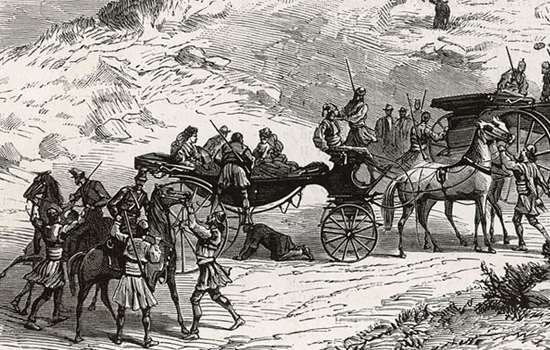
The Dilessi Massacre and a Gothic Revival Masterpiece
How the death of a young English aristocrat taken hostage in Greece inspired the building of St Mary’s Church, Studley Royal.
-
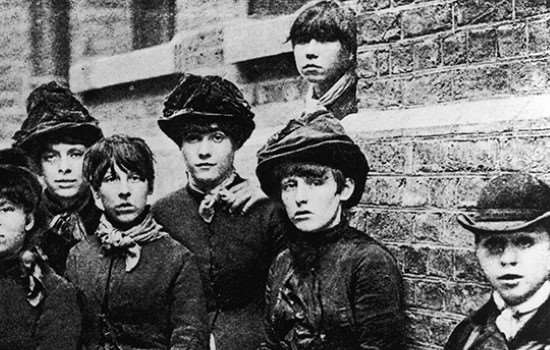
The Match Girls’ Strike
Read about one of the most important strikes in modern British history, which took place at the Bryant and May match factory in 1888.
More about Victorian England
-
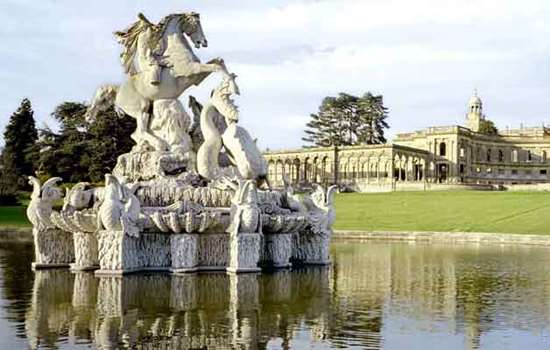
Victorian Architecture
The architectural profession is largely a Victorian creation. From the 1820s, architects began to experiment with a profusion of styles.
-
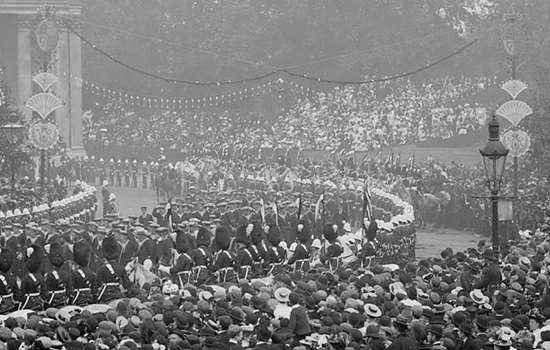
Victorian Power and Politics
Although England in the late 1830s was still ruled by a propertied upper class, there had long been a degree of social mobility.
-
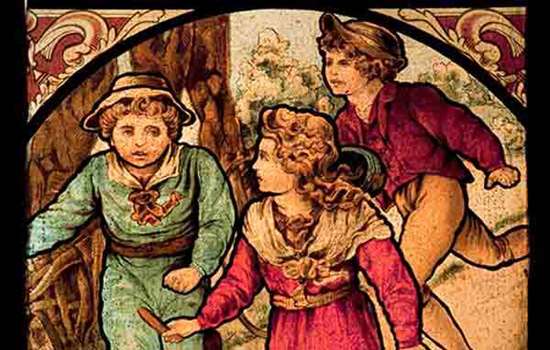
Victorian Daily Life
Although the Victorian era was a period of extreme social inequality, industrialisation brought about rapid changes in everyday life.
-
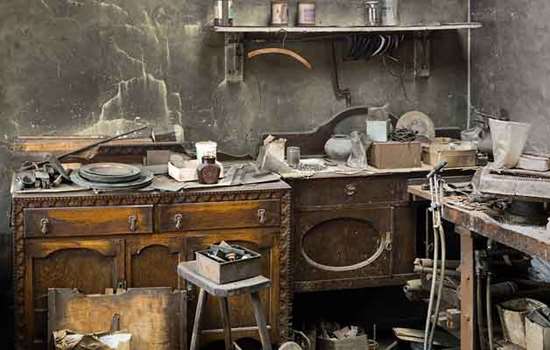
Victorian Commerce
Overseas trade and an extensive commercial infrastructure made Britain in the 19th century the most powerful trading nation in the world.
-
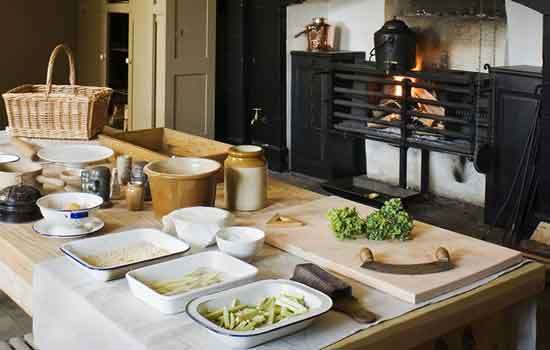
Victorian Food and Health
In the Victorian period the growth of the railways made it possible to transport food to markets. But there was still no cure for most diseases and life expectancy remained low.
-

Victorian Parks and Gardens
An extraordinary number of innovations in the study and cultivation of plants were made during the Victorian period. Meanwhile, gardening became a national obsession.
-
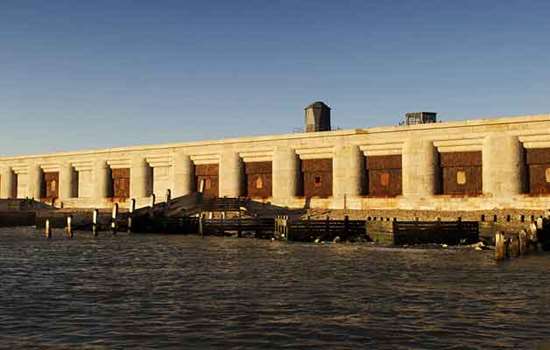
Victorians: War
Victorian Britain was both the greatest power in the world and the least militarised. Its military shortcomings were starkly revealed by the disastrous Crimean and Boer Wars.
-
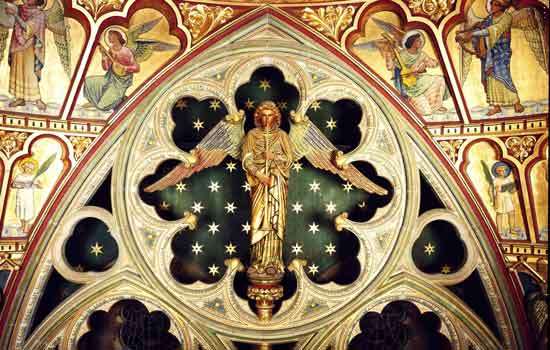
Victorian Religion
The Victorian era saw the Church of England become increasingly only one part of a vibrant and often competitive religious culture.